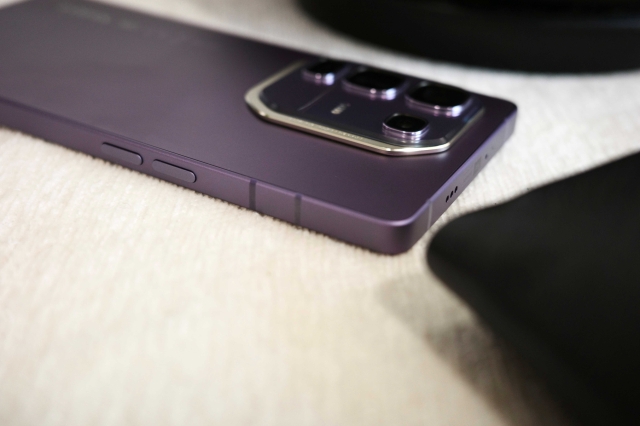Ubisoft Philippines Opens New Studio in Santa Rosa, Laguna
Imagine this: the Prince of Persia jumping off the parapets of Intramuros or Rayman running along the streets of Metro Manila. This, according to Duke Sage of Sage Architects – the firm tasked by Ubisoft Philippines to design the new headquarters – was the beginning of the idea behind the new Ubisoft Philippines Studio.
Located inside the De La Salle University Campus in Sta. Rosa Laguna, the studio occupies three floors and topped off by a roof deck that opens out to a view of the surrounding trees and and still-to-be-developed lands of the Sta. Rosa Area. A far cry from the two rooms the Philippine office used to occupy when it started in 2016. And a much needed upgrade considering they’ve grown to 100 employees in two years of operations.
The Ubisoft team was in full force during the launch of the new office, headed by Studio Manager Chip Go and Managing Director for Singapore and Philippines Hugues Ricour. According to them, the new studio exemplifies the company’s values of collaboration, communication, and FUN. Emphasis on the FUN, with a giant slide connecting the 1st and 2nd floors greeting the guests upon entering.
The basic office concept comes from localizing Ubisoft’s stable of characters and concepts and placing them in the Philippine context. Each floor is inspired by the three major island groups of the Philippines with meeting rooms named after specific places and provinces (e.g. Boracay, Banaue, Cagayan de Oro, Davao, etc.). The floors have adopted an open office layout with easy access workstations unhampered by partitions. There are numerous game stations and break-out spaces per floor. Plus a ping-pong table if you want to go analog after a day of playing in virtual worlds.
The Ground Floor, or Luzon, is inspired by the dark characters in Ubisoft’s stable. Statues of the Egyptian god Anubis stand by the entrance to the studio and beside the elevators in the ground floor lobby.
The 2nd Floor, or Visayas, is inspired by Ubisoft’s more colorful characters. The pantry has been designed to look like a Boracay beach hut with walls made to look like bamboo trunks and an overhanging roof made of nipa and lit with colorful lanterns.
In the middle of the floor, surrounded by meeting rooms and computer terminals is the entry portal to the giant slide that cuts down to the ground floor. Like a real life video game, you have a couple of options for getting around the next level – take a lift, the stairs, or slide down to the ground floor.
The 3rd floor, or Mindanao, is inspired by the historical characters from different Ubisoft’s games. Some of the walls have been finished off with polished wooden planks and banners hang above the work area. Of the three floors, the Mindanao floor was the least populated, waiting for new game developers and ready for expansion.
Growing the Industry
According to Studio Manager Chip Go, collaboration and communication are at the heart of Ubisoft’s values as an organization. Since establishing itself in 2016, the studio has partnered with DLSU Laguna to design a curriculum for new courses. Currently the Laguna campus offers a Bachelor of Science course in Interactive Entertainment, with majors in Game Development and another for Game Art and Design. Partnering with institutions, as Go puts it, has always been part of Ubisoft’s strategy. The studios in Montreal and Singapore are some examples of Ubisoft’s collaboration with educational partners. Partnerships like this, Go adds, are not only intended to create and produce video games, but also to grow the industry. Members of the studio are slated to teach classes in the coming semester. This coming school year (2018-2019), the school is expected to welcome 50 confirmed enrollees to the program. Budding game developers now have the opportunity to get a game degree without the need to go abroad.
With Ubisoft’s arrival in the Philippines as well as the new educational opportunities opening up in this field, there are new playgrounds for the imagination of future Philippine gamers and developers. Filipino gamers won’t just get to play their favorite games, but one day soon, will probably be designing them too.

























